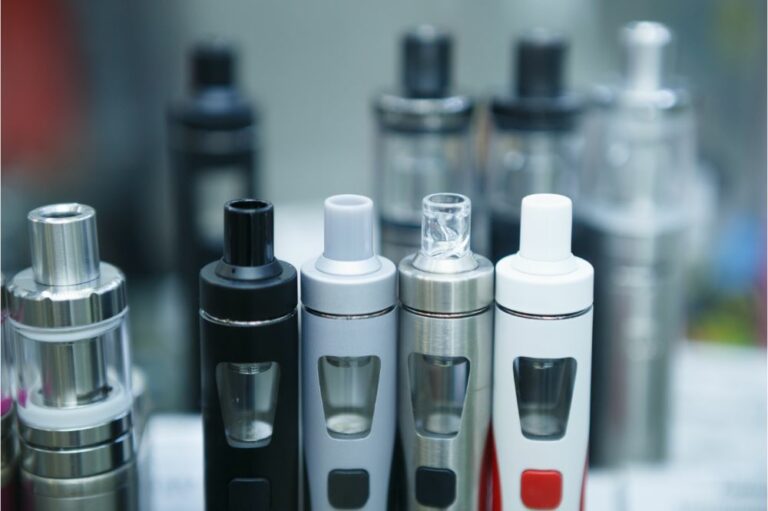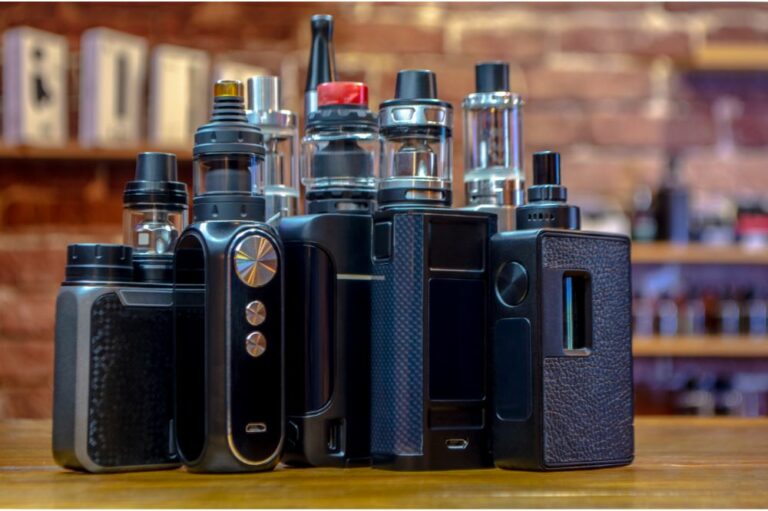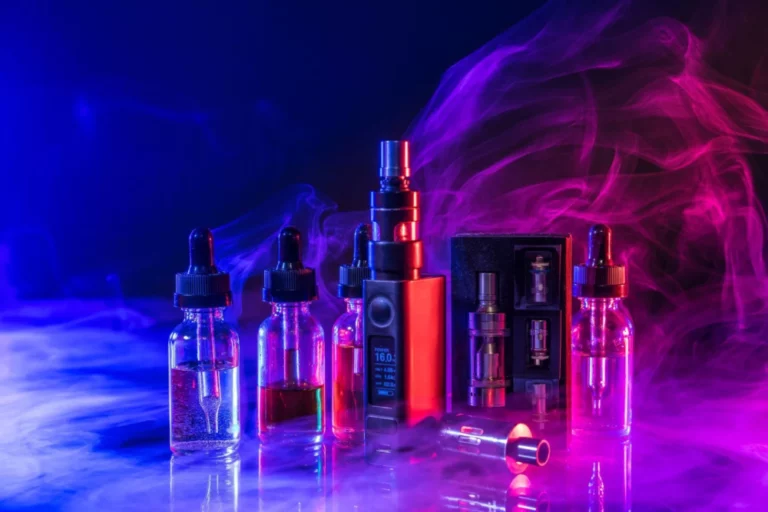Stayalfred Vape
Austin | Chicago | Seattle | San Diego | boston | miami | denver | dallas… Vape Shop Online
What is disposable vape
A disposable vape is a type of e-cigarette that is meant to be used and then thrown away when the battery or e-liquid runs out. Disposable vapes are all-in-one devices where the battery, atomizer, and e-liquid come pre-loaded so there are no separate parts to assemble or refill. The vape is ready to use right out of the package.
Disposable vapes cannot be recharged since the battery is built-in and not removable. Once the battery runs out, the entire device is discarded. The e-liquid also comes pre-filled, usually containing between 0.3-3ml of juice. Again, when the e-liquid runs out, the vape is disposed of.
Disposable vapes do not have any buttons. The user simply has to puff on the mouthpiece to activate the battery and coil to produce vapor. They are lightweight, portable, and discreet for on-the-go use.
Disposable vapes are relatively inexpensive compared to rechargeable vape devices, though cost more over time. They come in a wide variety of e-liquid flavors from tobacco to fruit and dessert.
The convenience factor makes disposable vapes popular for new vapers, although they generate more plastic waste versus reusable options. The most popular disposable vape brands include Spiritbar, Puff Bar, Hyde, Eonsmoke, and Mojo.
Stayalfred Vape Guides

Can I Vape in a No Smoking Apartment?
Are you allowed to vape in a no-smoking zone? The short answer is no, but there’s a lot more involved in this question. You have to consider the legal implications, the effects on those around you, potential building damage, and whether people will know that you’re vaping. In this article, we will deal with these…

Can You Vape in a Hotel Room? What Happens if Vape in Hotel Room?
This may seem like an obvious question, but if you’ve booked a hotel and paid for it, are you allowed to vape? That depends on what kind of room you chose. If it’s a smoking room, then yes, you can. But if it’s a no-smoking room, even if it doesn’t mention vapes, then you can’t….

13 Best Vape Shops in Spokane, Washington
You can buy a vape in any state where e-tobacco products are legal. But general stores can only sell mint and menthol flavors. If you want a wider selection, you’ll need to visit the best vape shops in Spokane, Washington. Let’s explore a few of these outlets and learn about the history and stats of…

13 Best Vape Shops in San Diego
San Diego was named for Saint Didacus aka Diego de San Nicolás or Didacus of Alcalá who died on 12th November 1463. The city itself is often declared the birthplace of California. Let’s learn more about its history and culture as we identify the Best Vape Shops in San Diego. Best Vape Shops in San…

13 Best Vape Shops in Philadelphia
Philly is so famous that many non-Americans assume it’s a state! It’s not, but it is the USA’s second-largest city. And before 1800, it was the official capital of the country! Let’s learn more about this hotspot and its history as we scope out the best vape shops in Philadelphia. Best Vape Shops in Philadelphia…

Can You Smoke/Vape in Rental Cars? (6 Facts)
Lots of people smoke in their cars, especially with increasing bans on indoor smoking or public smoking. And most rental car companies have a strict no-smoking policy. But can you vape in rental cars? The short answer is no since smoking bans typically include vaping, even if they don’t directly mention vapes. But it’s a…